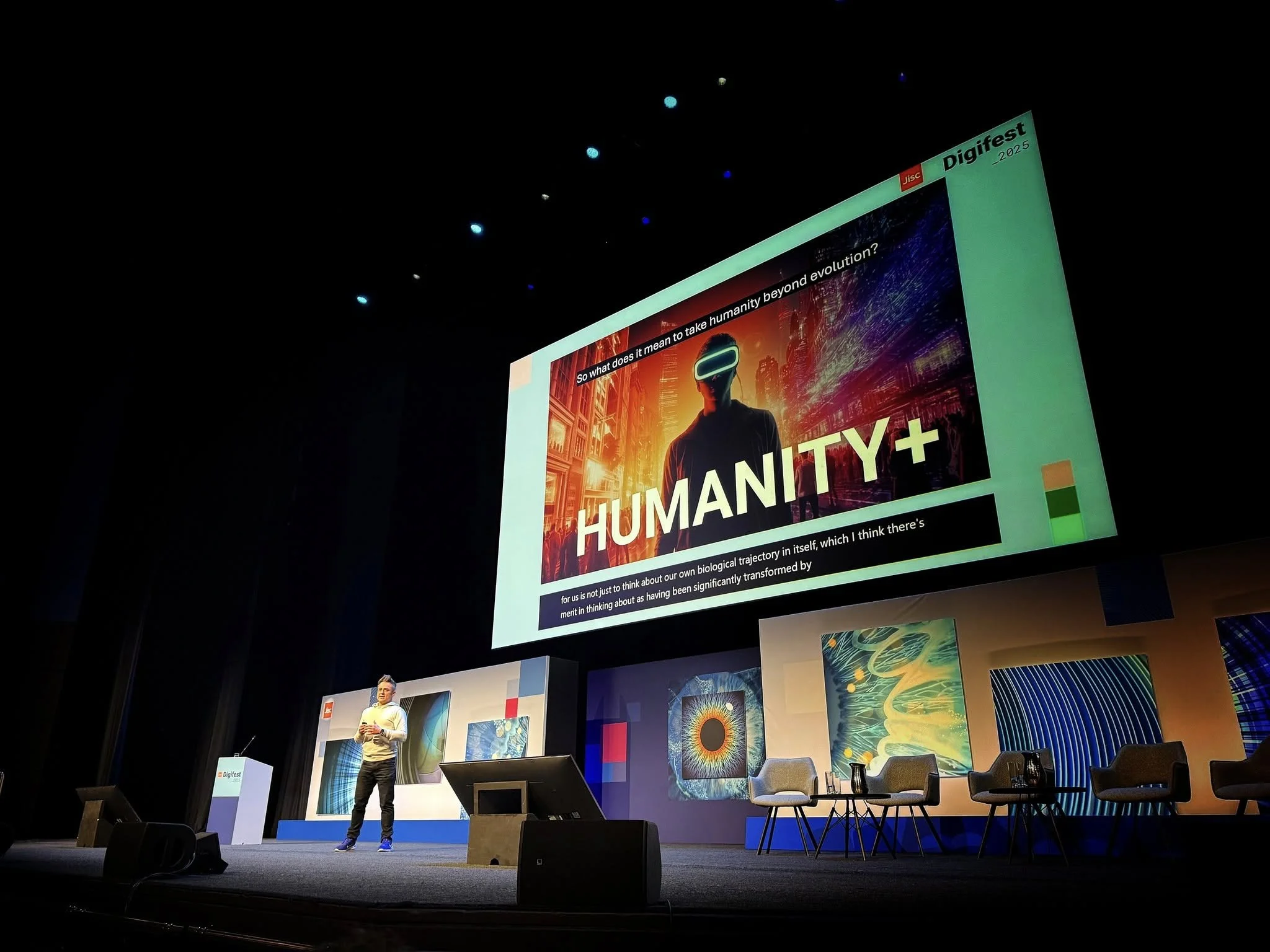
Make it stand out
What’s been happening?
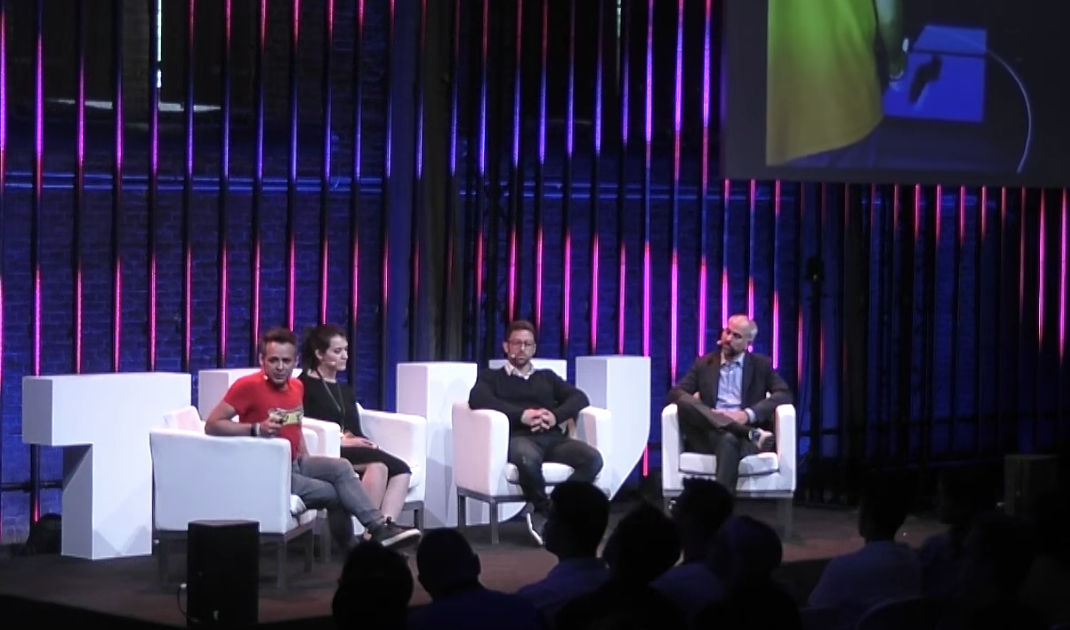
The Next Web does eSport

Digital Health in the House of Commons

Understanding Transhumanism
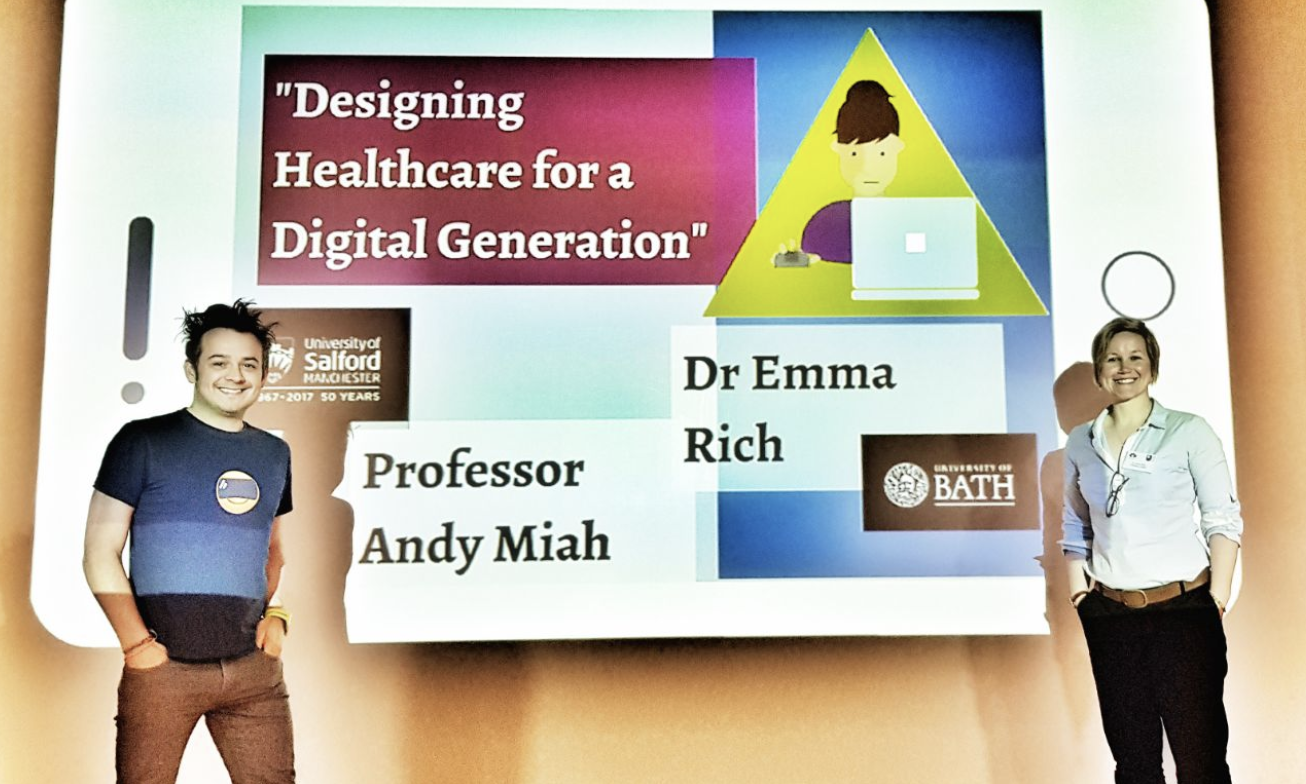
Designing Healthcare for the Digital Generation
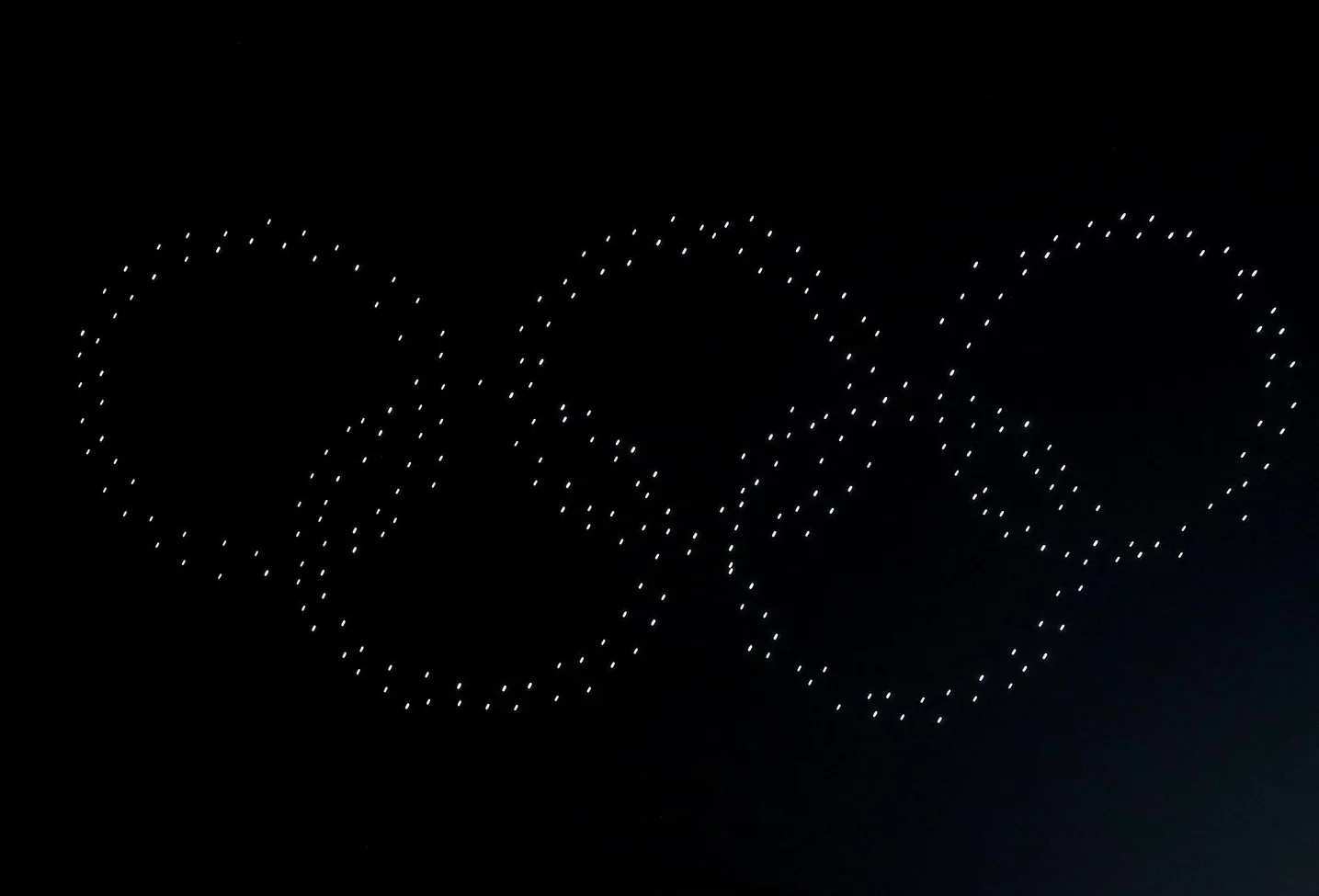
The Olympic Games Drone Show

CNN on gene doping
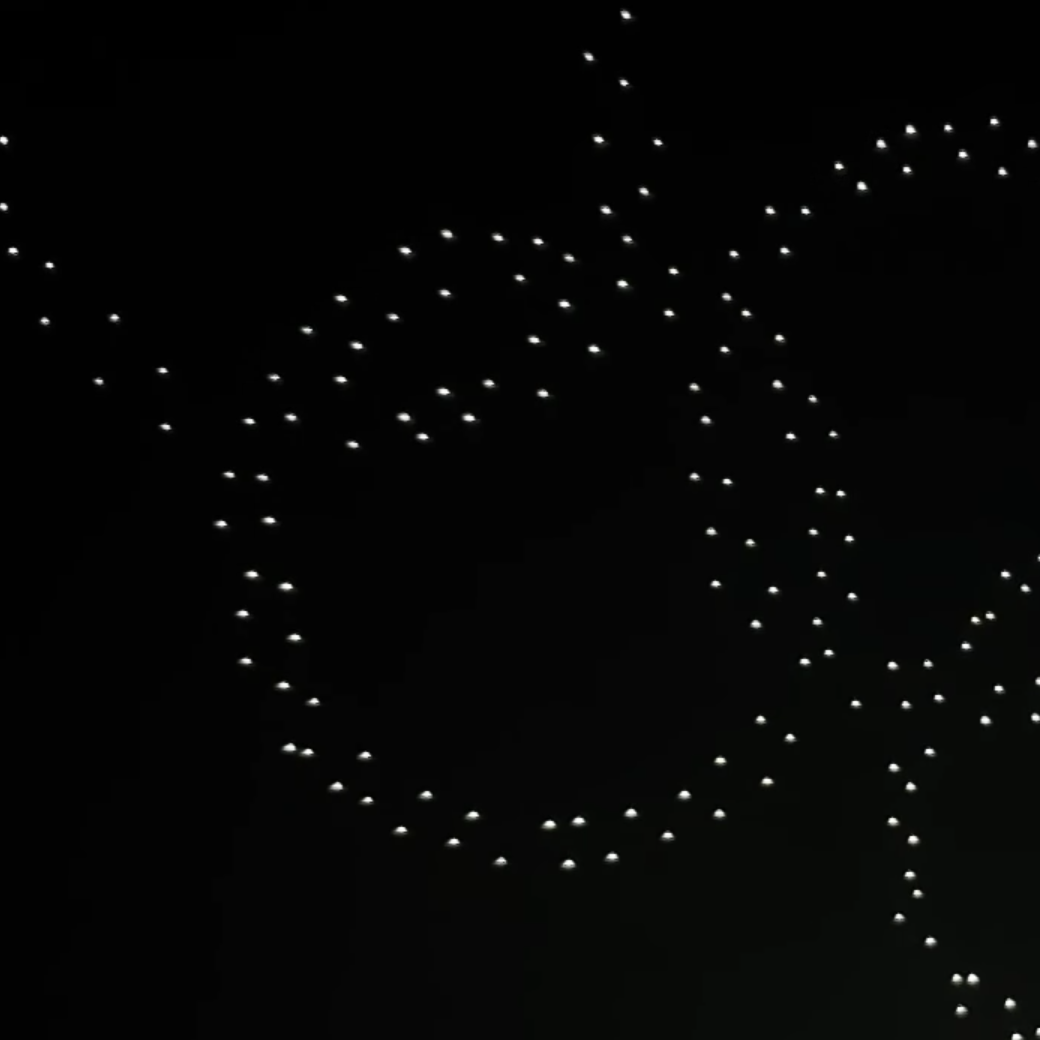
Stephen Hawking as a Science Communicator

The Digital Health Generation
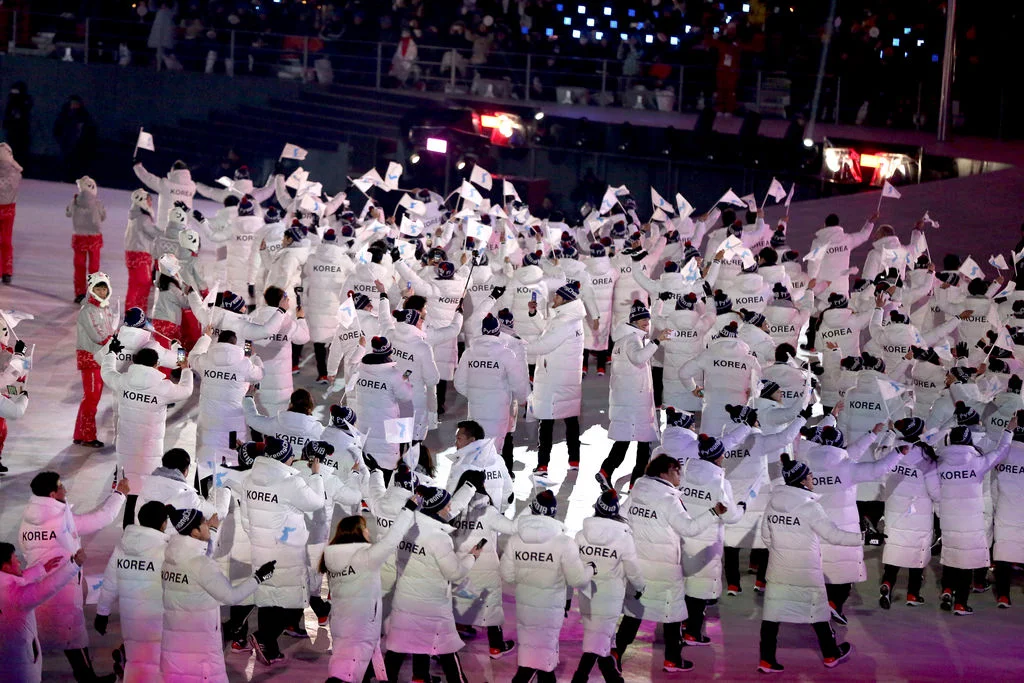
My PyeongChang 2018 Olympic Winter Games

A fresh look at anti-doping

Sport 2.0 @ #MeCCSA2018
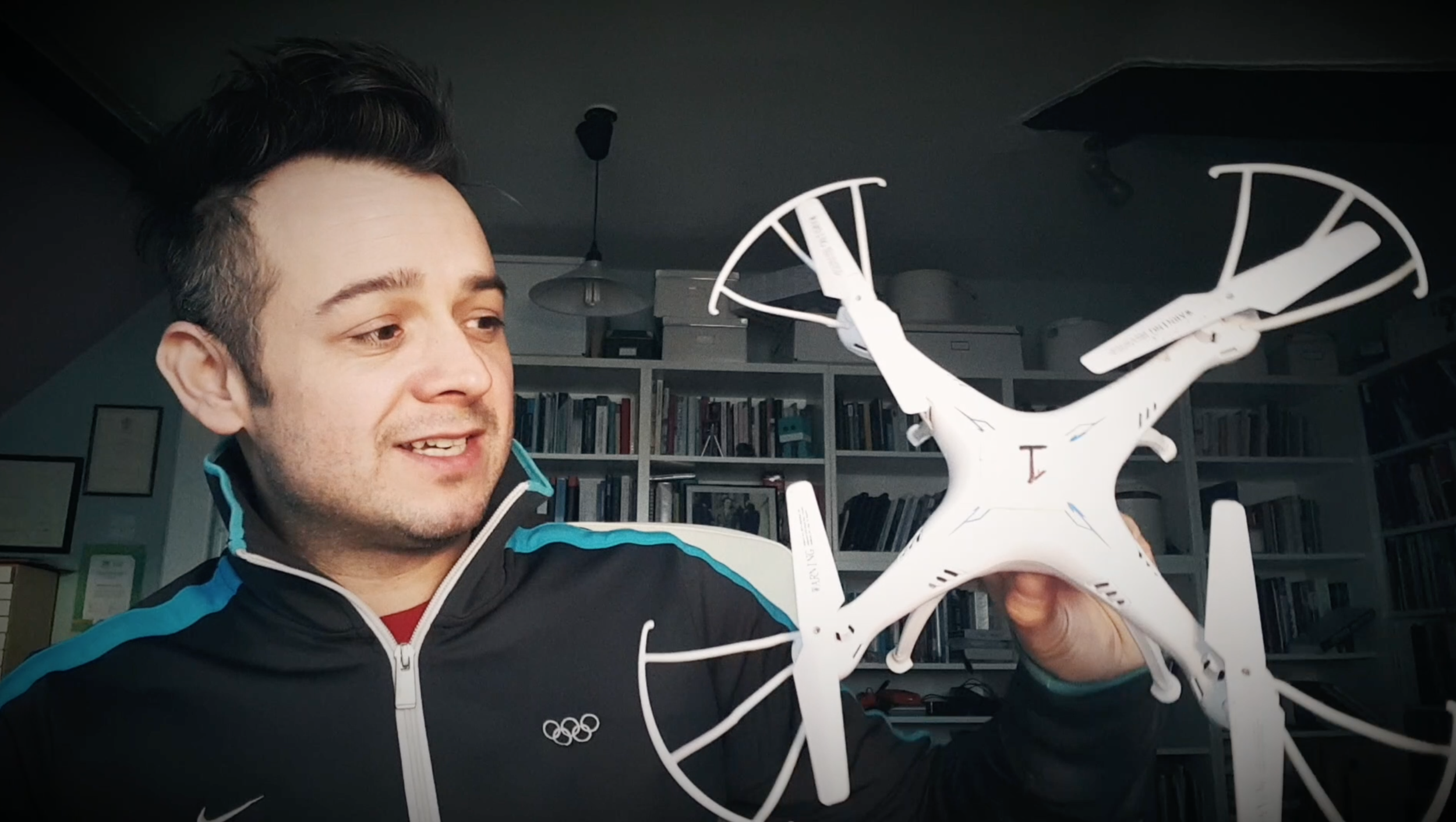
DRONES #MindMelt
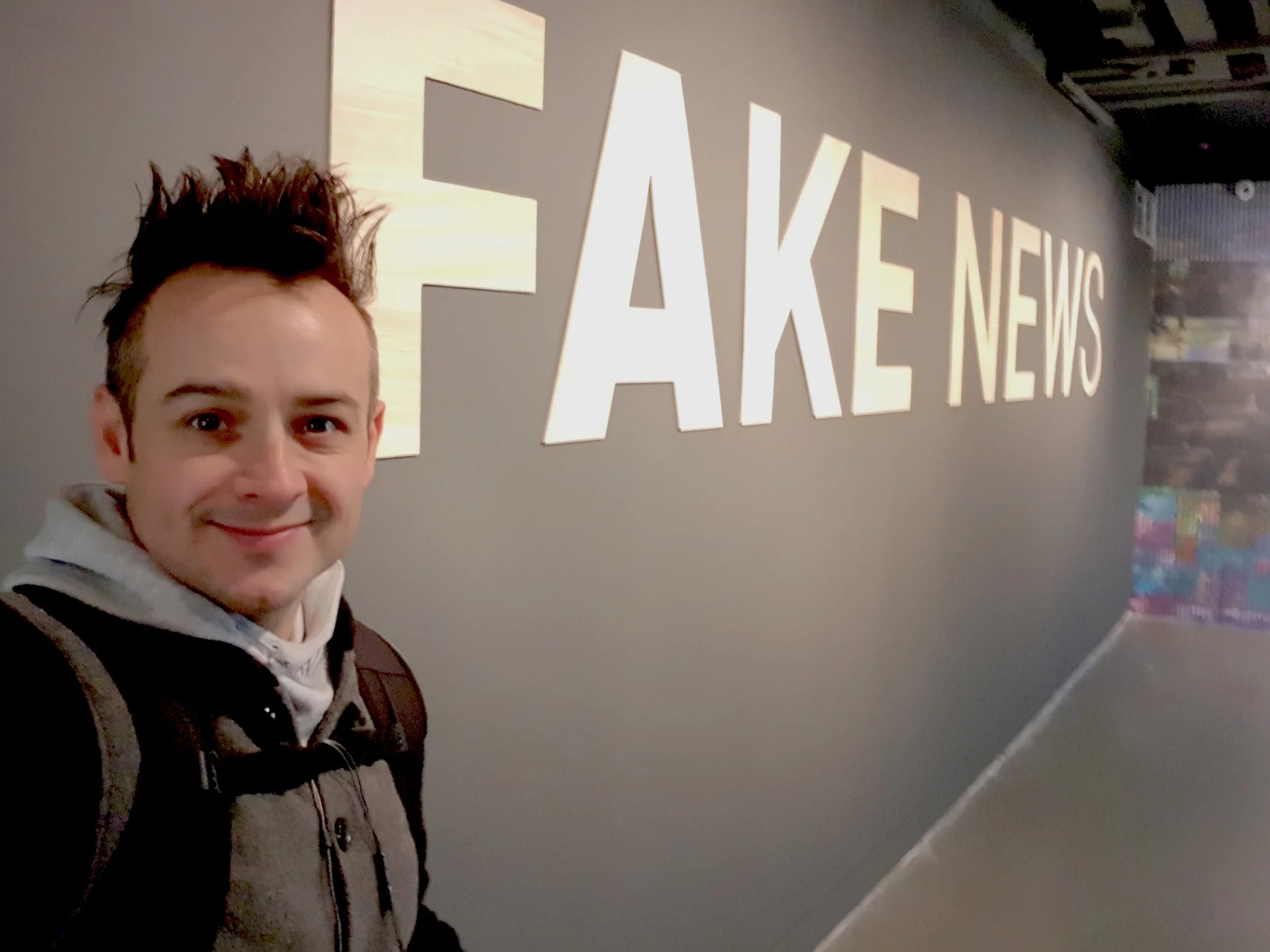
#FakeNews
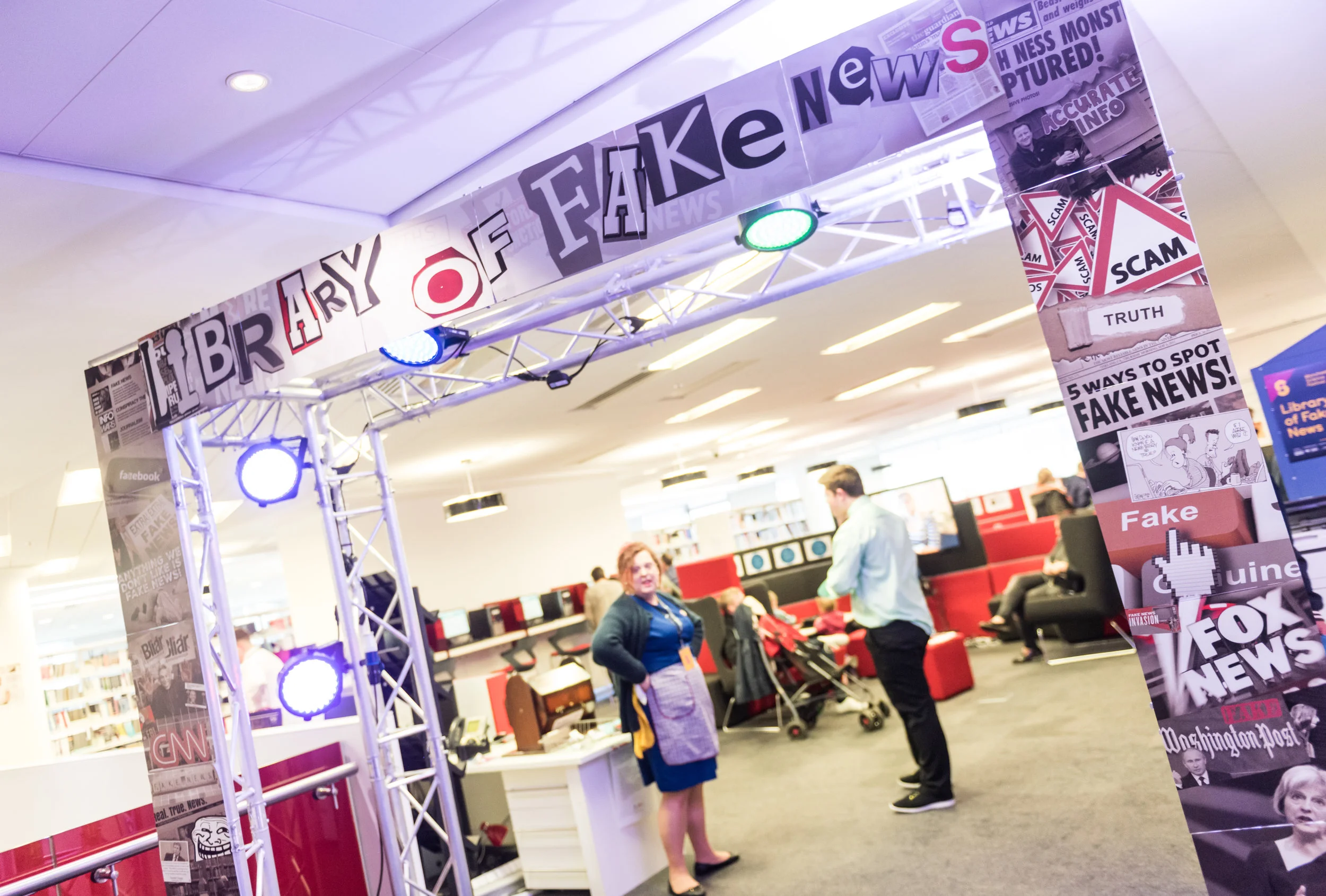
Fake News, Science, and Journalism
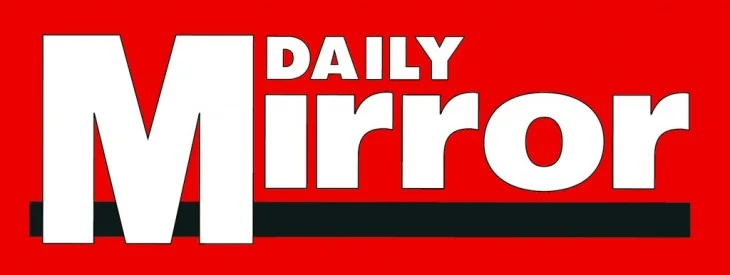
What Spider-Man needs to eat for breakfast

GATTACA 20 years later
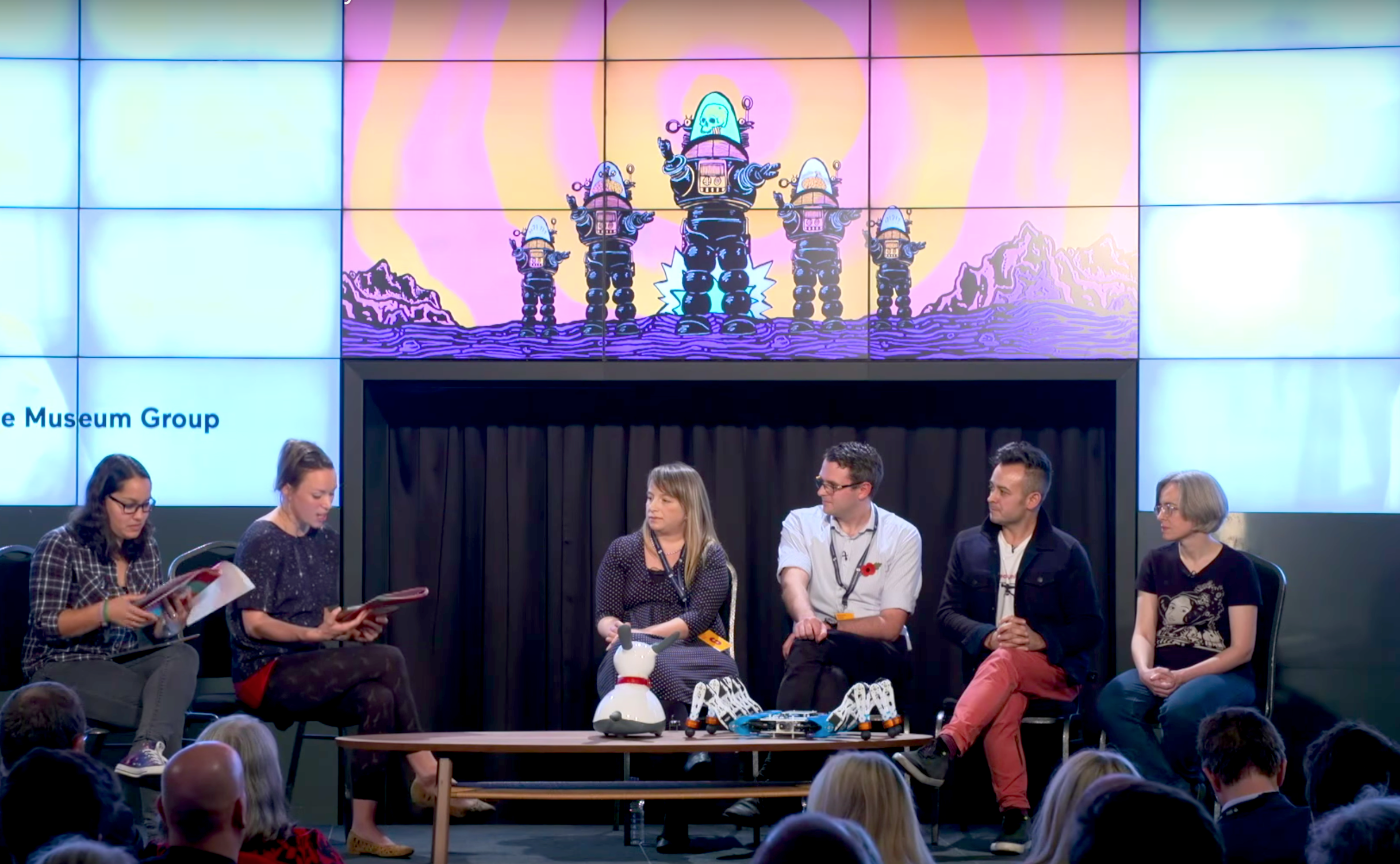
Tomorrow's World Live - ROBOTS
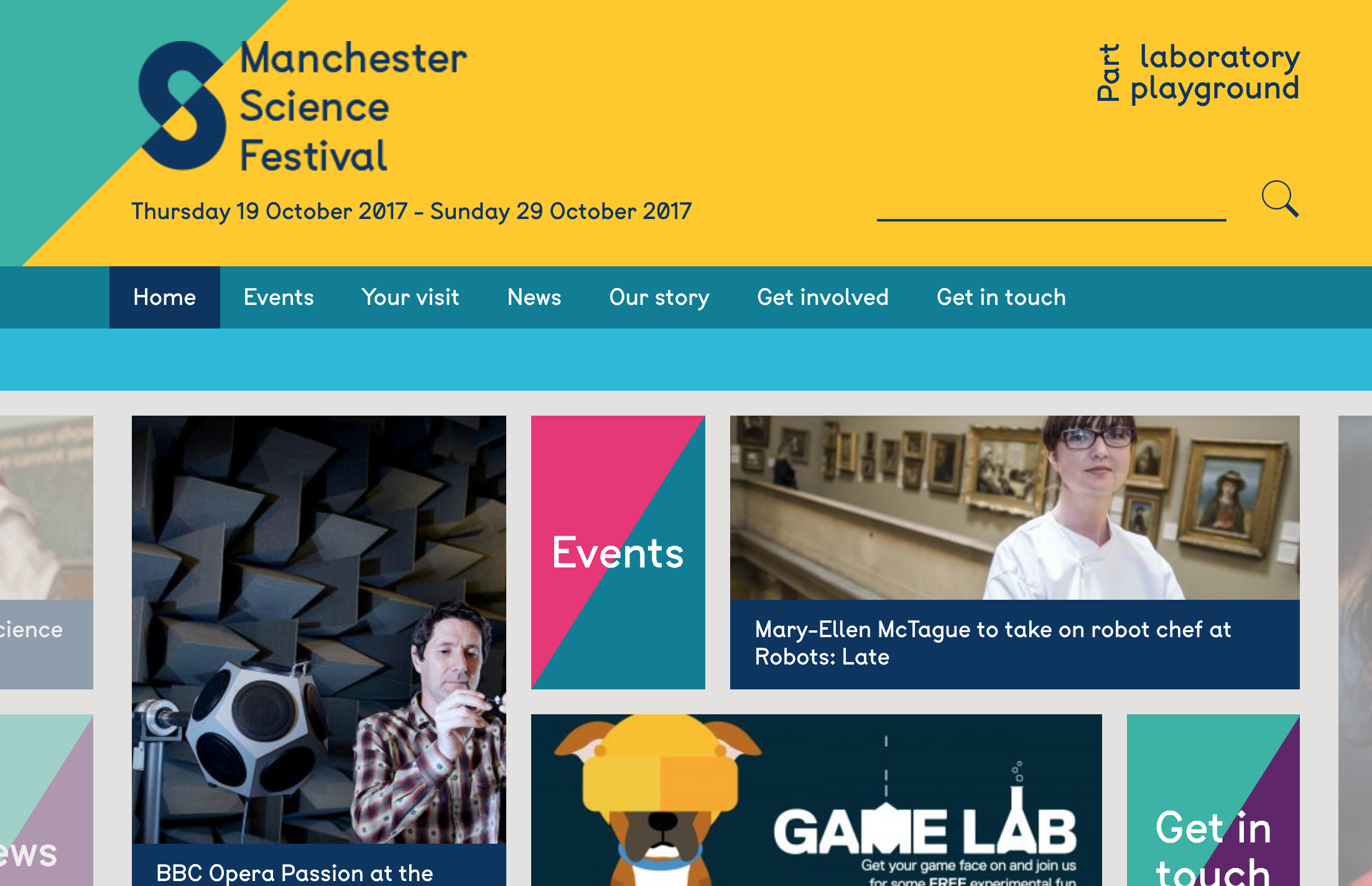
Manchester Science Festival 2017
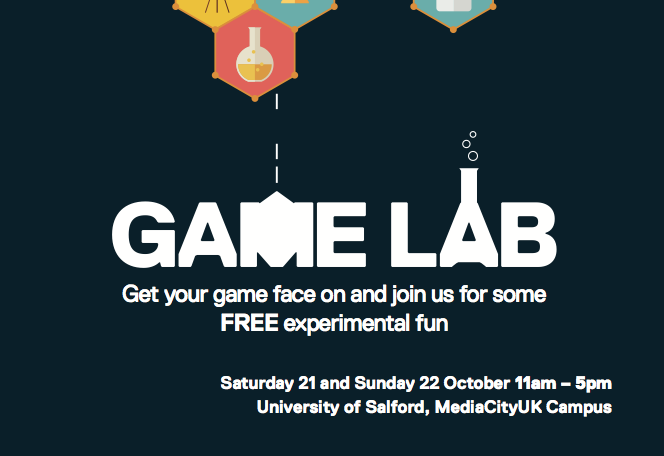
GameLab at Manchester Science Festival

